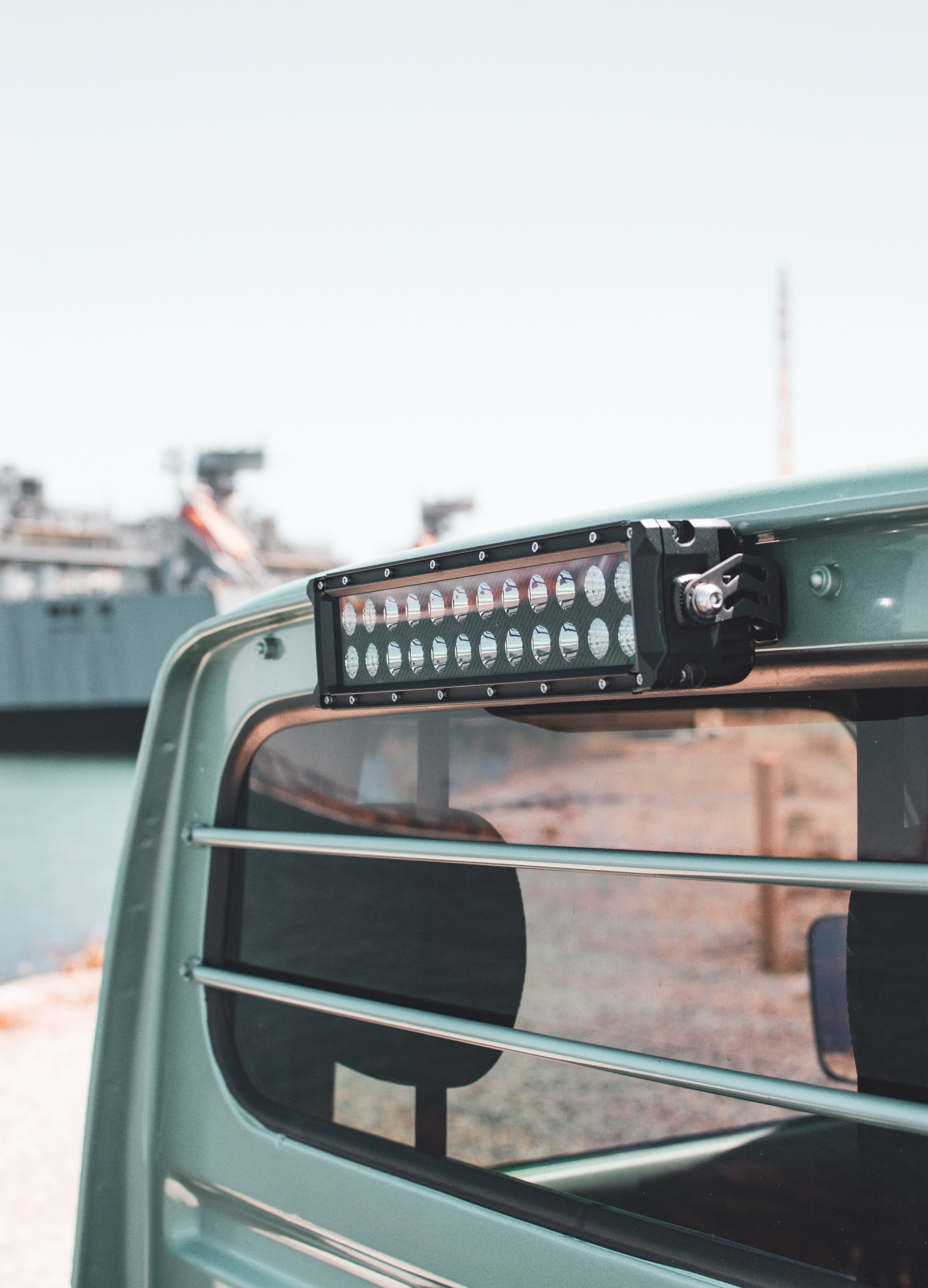Shop Subaru Sambar Parts KS3, KS4
In the Annals of Automotive History
There are few vehicles as enigmatic and captivating as the 1997 Subaru Sambar. A relic from a time when compact, utilitarian vehicles weren't just an option but a necessity, the Sambar stands as a testament to Subaru's ingenuity and Japan's post-war economic miracle. As someone who grew up in a household where the smell of engine oil was as common as the aroma of rice cooking on the stove, I have a personal affinity for this microvan that goes beyond mere nostalgia. My father, a dedicated engineer who spent half a century at the forefront of the automotive industry with giants like Toyota and Nissan, often regaled me with stories of these pint-sized powerhouses that could traverse the narrowest of paths and navigate the tightest of turns with the grace of a ballet dancer.
The 1997 Model Year
The 1997 model year in particular holds a special place in the timeline of the Subaru Sambar. It was a year that saw the Sambar's sixth generation in full swing, a generation marked by the introduction of the EN07 engine—a marvel of engineering that somehow squeezed an impressive amount of torque and reliability into a frame often mistaken for a toy by those unfamiliar with the kei vehicle class. But make no mistake, this was no toy. The Sambar was a workhorse, a vehicle engineered to thrive in the bustling cities of Japan where space is a luxury and efficiency is king.
A Broader Cultural Exchange
But why, you might ask, would anyone in the Western world care about a microvan like the Sambar? It's a fair question, and one that gets to the heart of a broader cultural exchange that has taken place over the last few decades. You see, the 1997 Subaru Sambar isn't just a car; it's a symbol of a bygone era, and a beacon for those who crave authenticity in a world increasingly dominated by the sterile, the soulless, and the mass-produced. In an age where SUVs and crossovers flood the market with their bloated frames and insatiable thirst for fuel, the Sambar offers an alternative vision—one where less truly is more.
The Vehicle's Appeal
This vehicle's appeal lies not only in its compact size and fuel efficiency but also in its versatility. From small business owners using it to deliver goods in tight urban environments to hobbyists converting it into quirky mobile homes, the Sambar's utility is only limited by one's imagination. It's a canvas waiting to be painted, a blank slate on which its owner can project their personality and ingenuity.
Schedule Your Import Consult and Purchase Kei Trucks Direct From Japan
A Passionate Community
In my research, which included poring over old family documents, industry reports, and countless hours of interviews with fellow Subaru enthusiasts, what struck me most was the passionate community that has emerged around the Sambar. Particularly in the United States, where importing such vehicles is often seen as a labor of love, Sambar owners are a dedicated bunch. They gather in online forums, swapping tips on maintenance and restoration, and organizing meet-ups where they can share their stories and admire each other's handiwork.
Overlooked Yet Cherished
Yet, there is also an underlying frustration among enthusiasts—a sense that these vehicles, despite their cult status, remain largely overlooked by mainstream automotive media. Perhaps it's because they don't fit the conventional narrative of what a 'classic car' should be. They're not flashy, they're not fast, and they don't boast the high-tech gadgetry of today's models. But what they lack in grandeur, they make up for in charm and character.
A Vehicle That Defies Categorization
The 1997 Subaru Sambar is a vehicle that defies easy categorization. It challenges our preconceptions and dares us to rethink what we value in a car. Is it size and power? Or is it simplicity and efficiency? The answer, as I have come to realize, is deeply personal and varies from one individual to the next. For me, the Sambar represents a link to my past, a tangible connection to the stories my father told me as a child about the innovation and resilience of Japanese carmakers in the post-war era.
Looking to the Future
As we look to the future, it's important that we don't lose sight of these stories. Vehicles like the Sambar remind us of a time when the automotive industry was driven by passion and purpose, rather than profit margins and market shares. They remind us that sometimes, the greatest treasures are not the ones that shout the loudest, but those that whisper softly, waiting to be discovered by those willing to listen.





